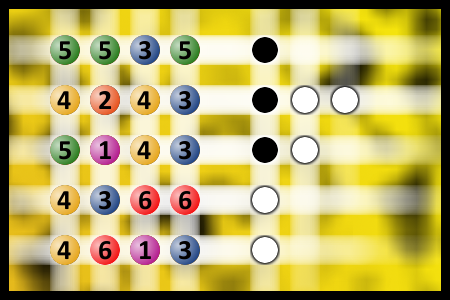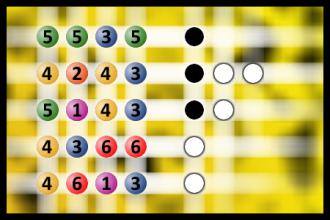Which is a winning combination of digits?
The computer chose a secret code (sequence of 4 digits from 1 to 6). Your goal is to find that code. Black circles indicate the number of hits on the right spot. White circles indicate the number of hits on the wrong spot.Correct answers: 56
The first user who solved this task is Sanja Šabović.
#brainteasers #mastermind

Just Checkup
A naked woman is bouncing on her bed singing. Her husband walks into the bedroom and sees her. He watches her a while then says, "You look ridiculous! What on earth do you think you're doing?"
She says, "I just got my checkup and my doctor says I have the breasts of an eighteen year old." She starts laughing and jumping again. He says, "Yeah, right. And what did he say about your 45-year-old ass?"
"Your name never came up, " she replied.
She says, "I just got my checkup and my doctor says I have the breasts of an eighteen year old." She starts laughing and jumping again. He says, "Yeah, right. And what did he say about your 45-year-old ass?"
"Your name never came up, " she replied.

